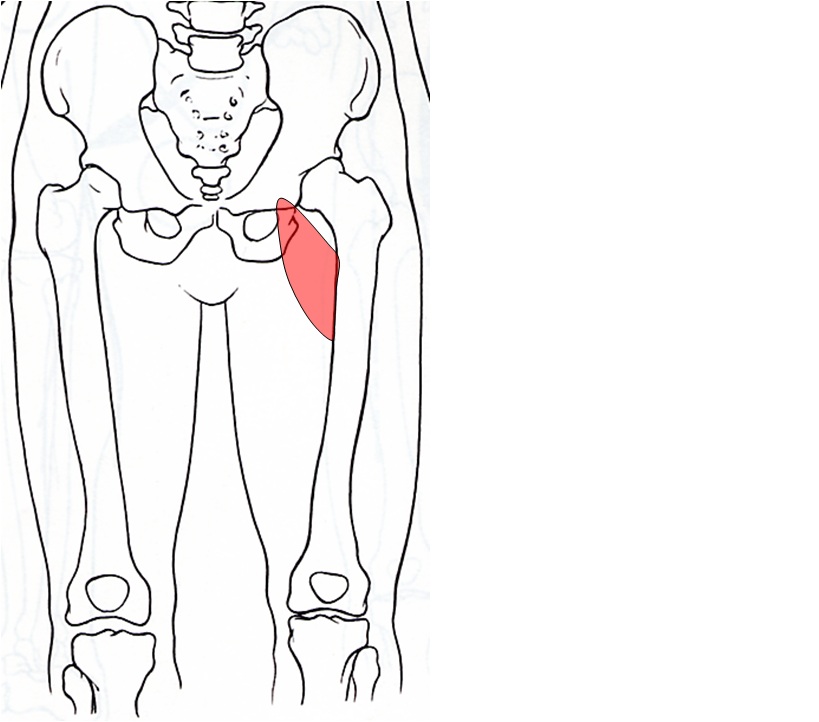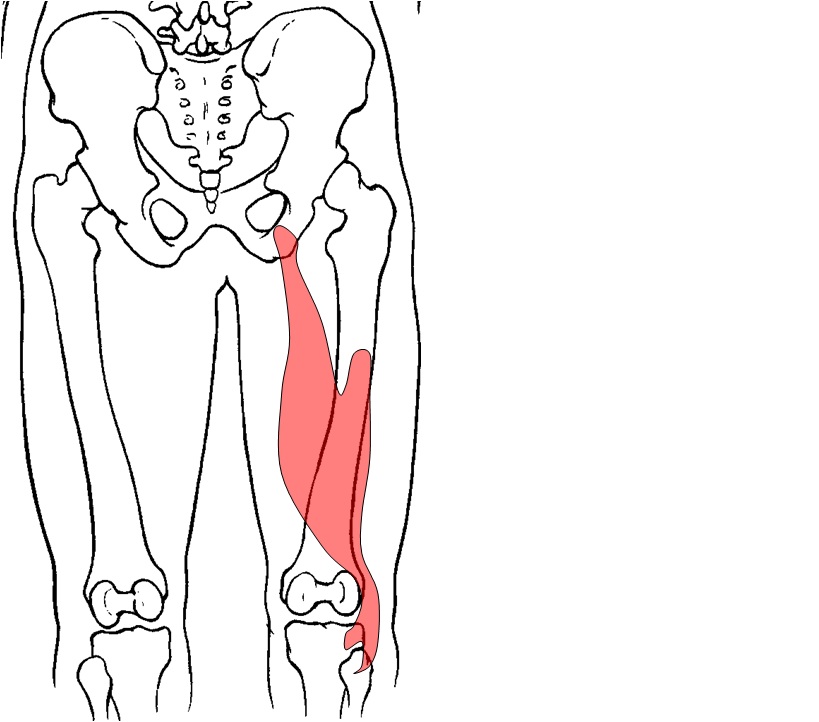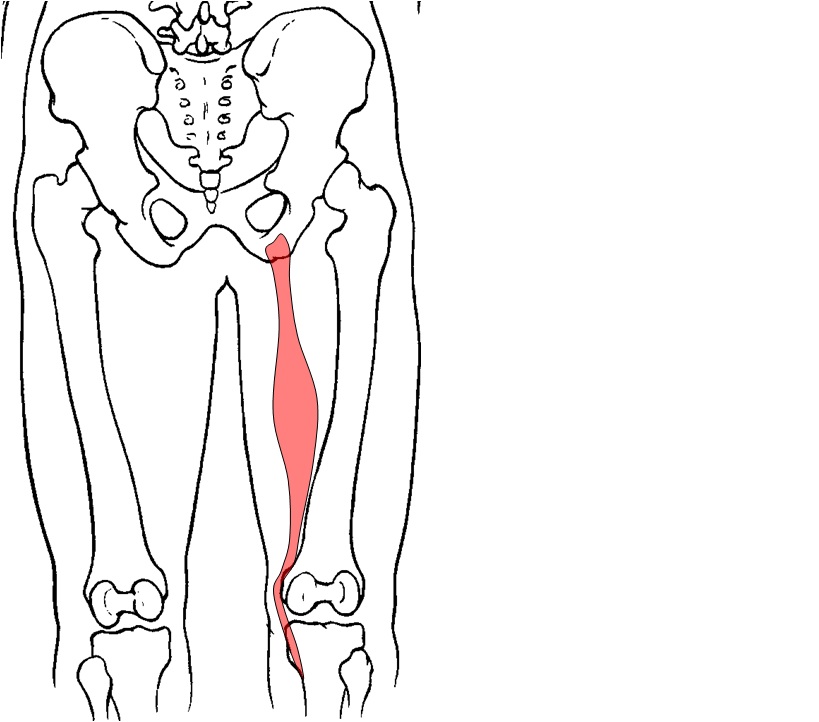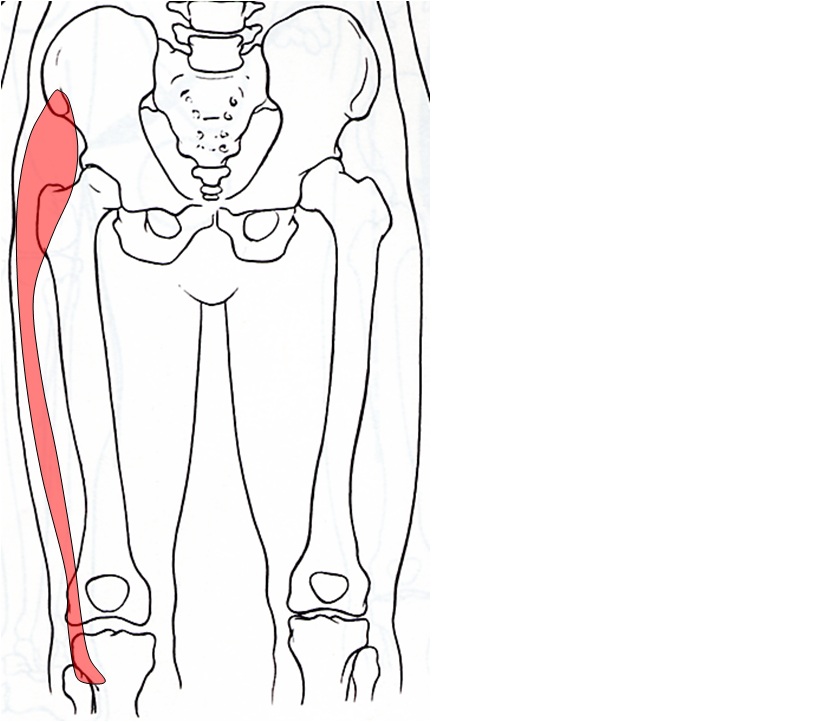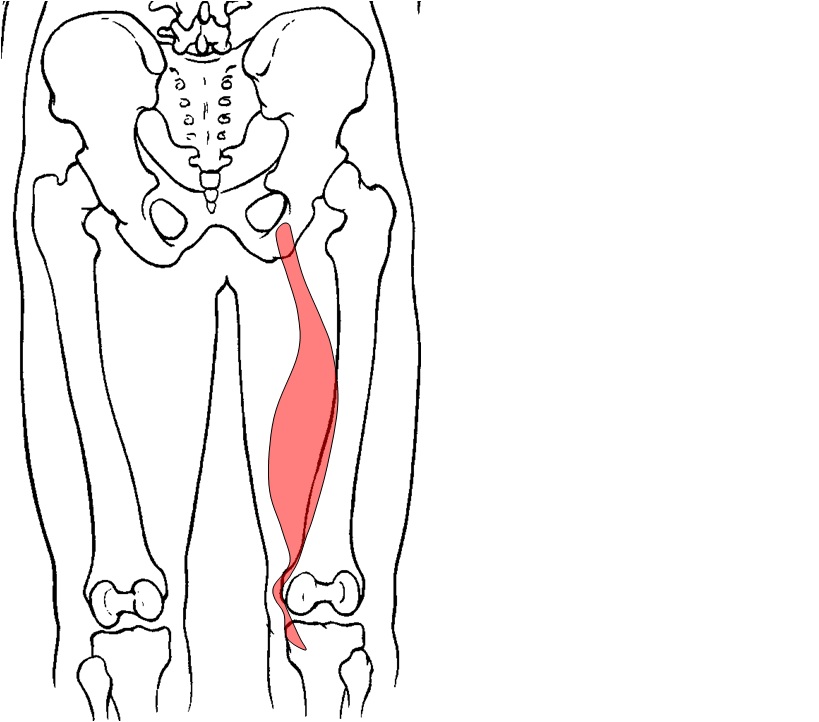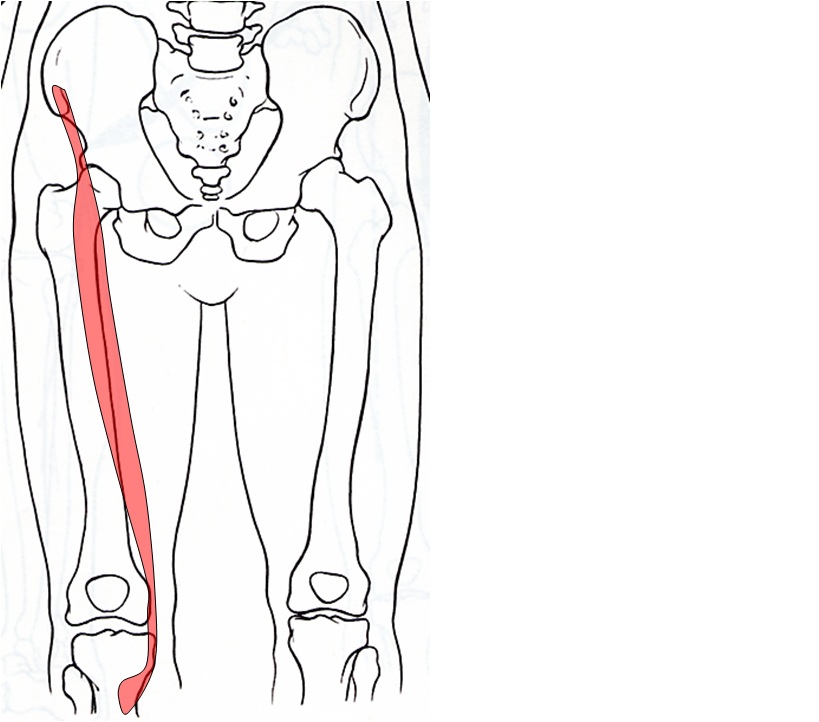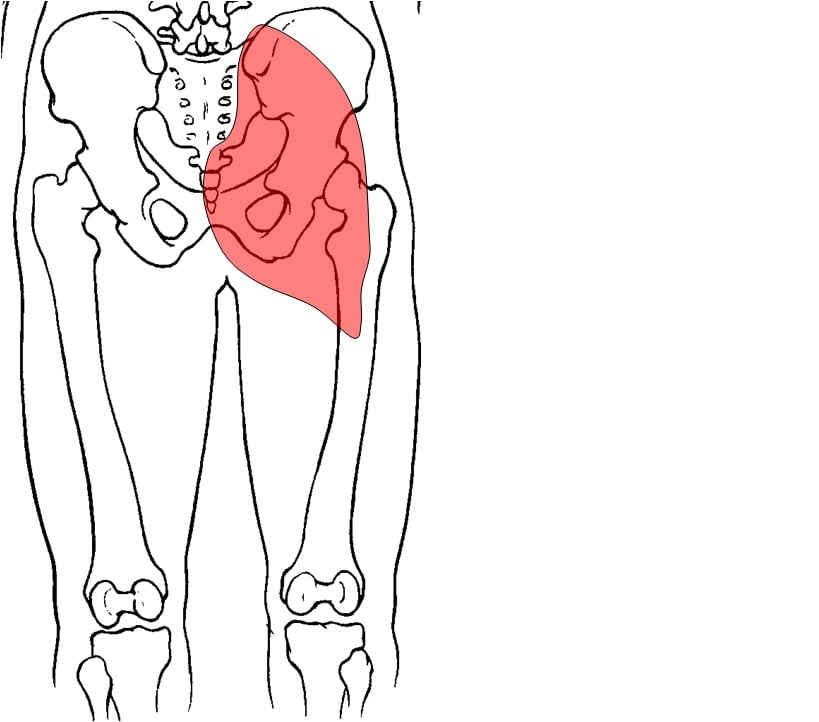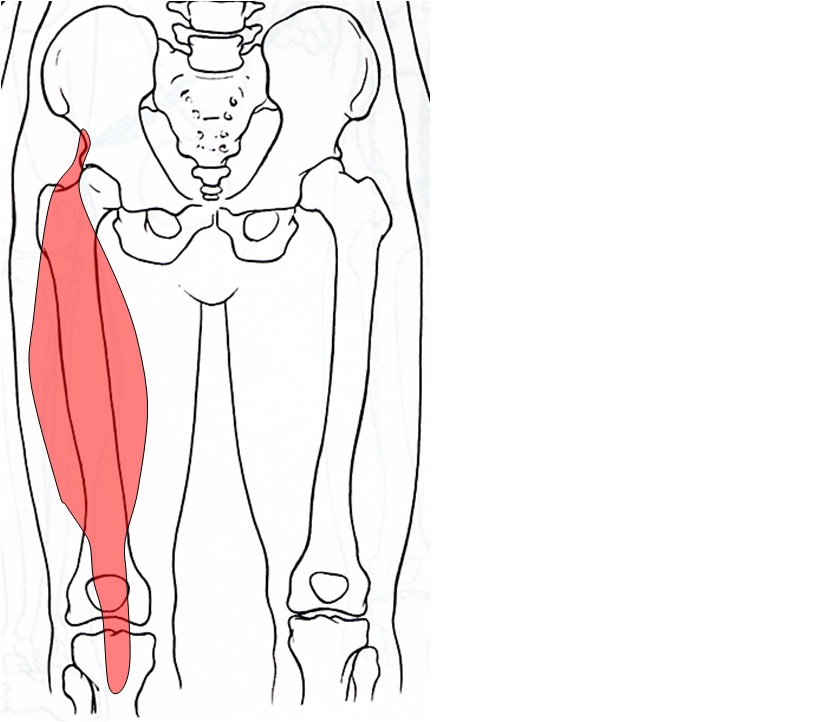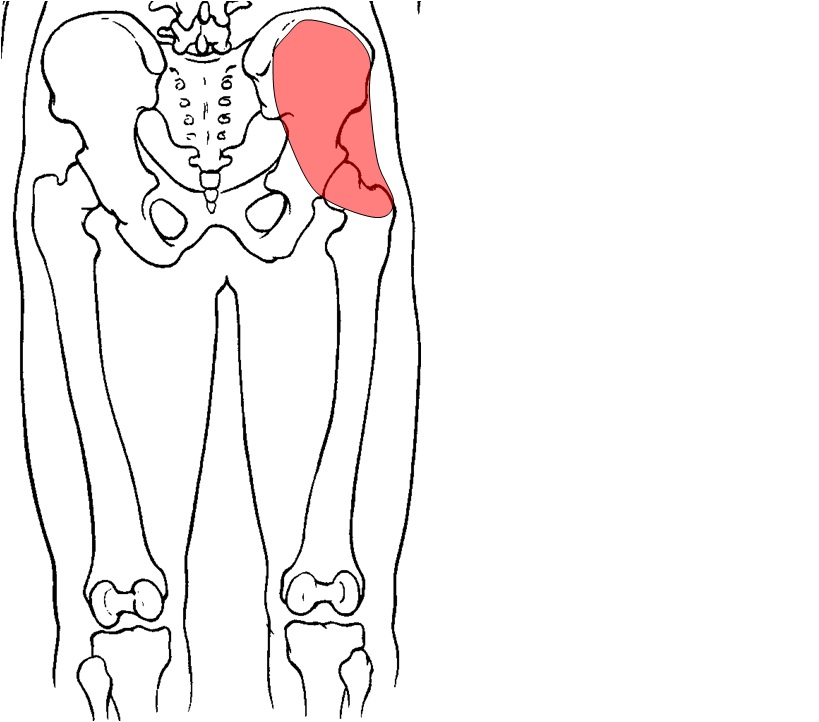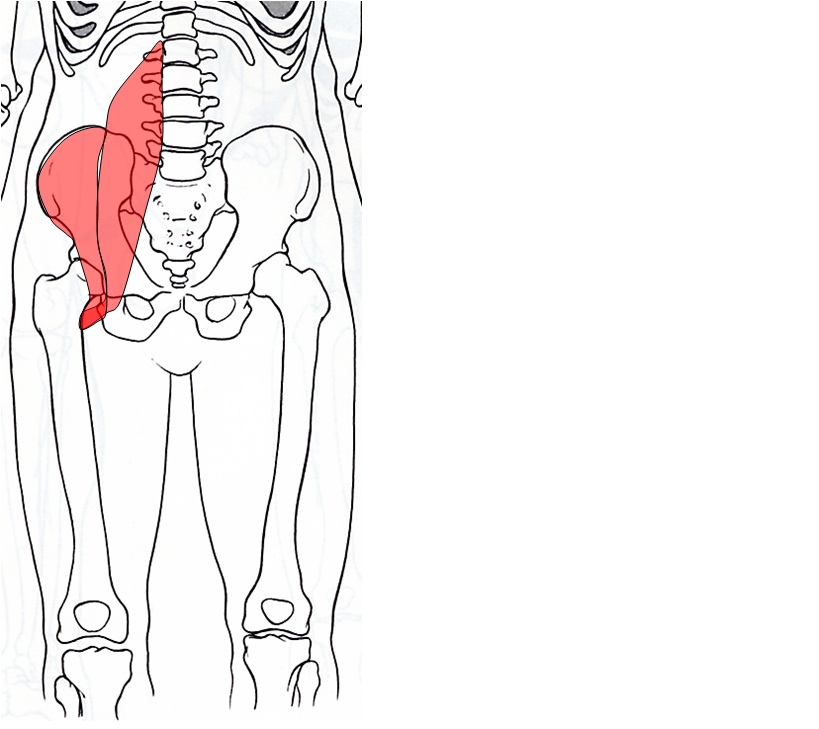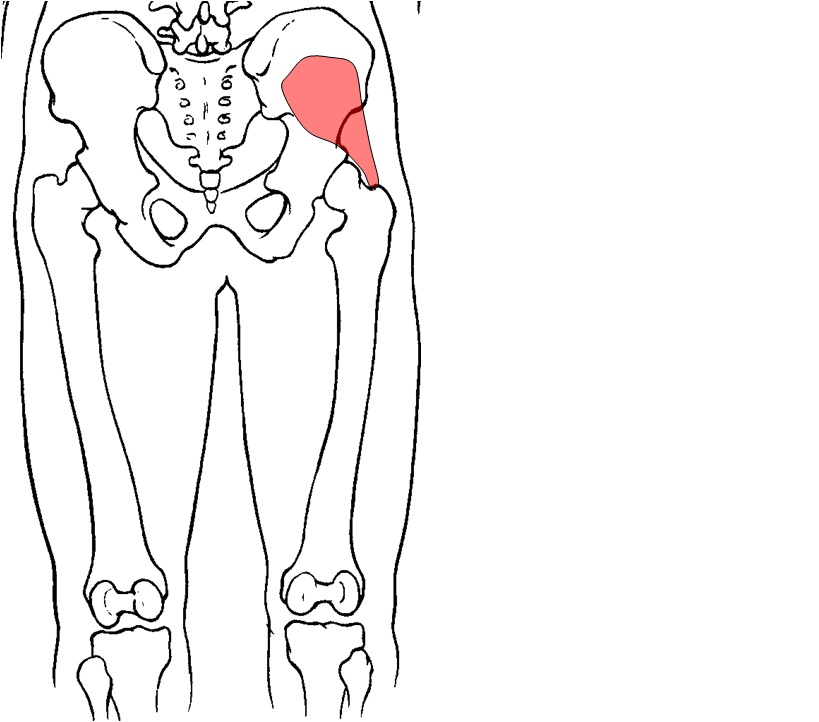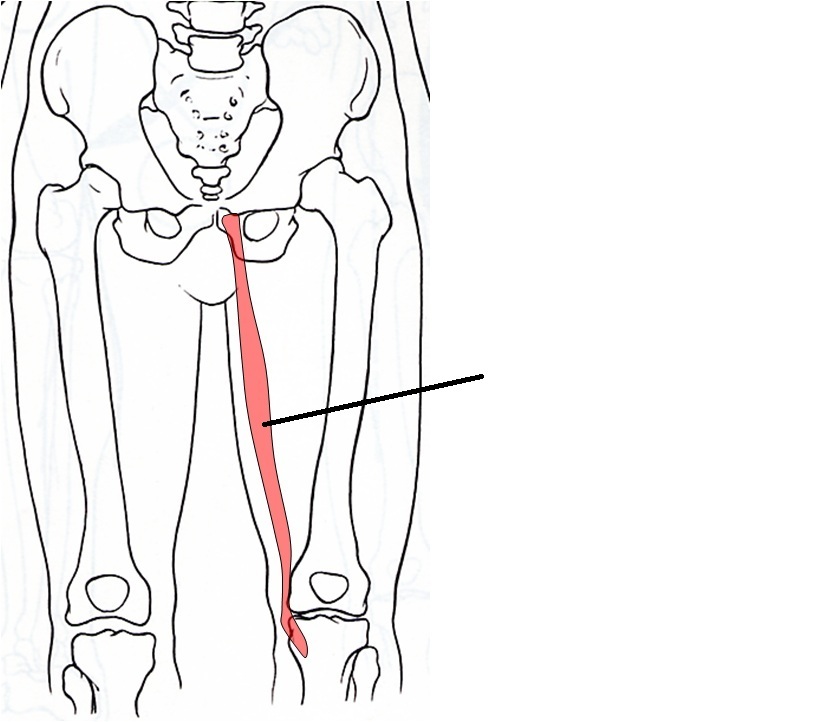Anatomy Hip Joint Muscles
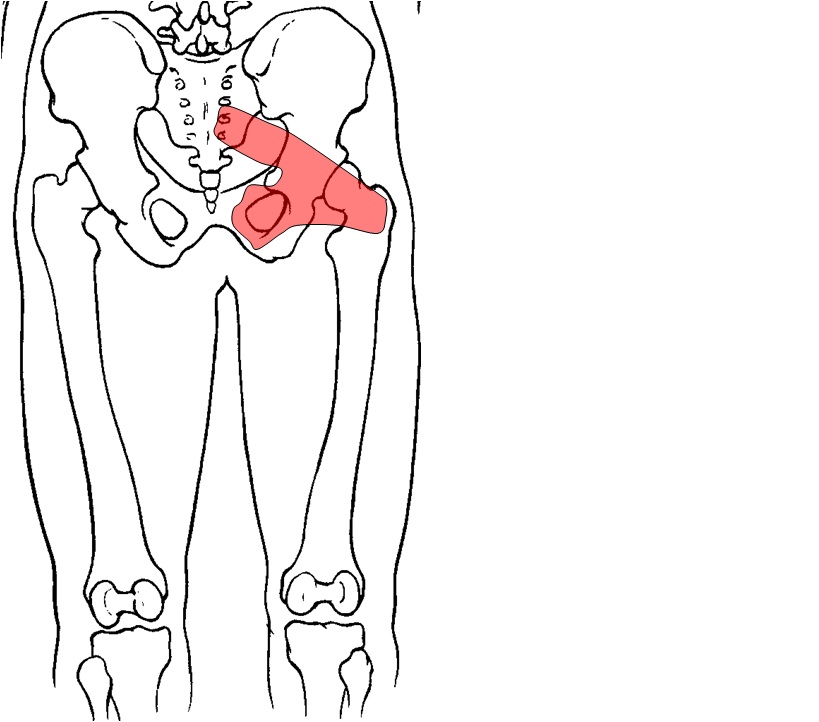
In this quiz on the human anatomy, we’ll be looking at the ever-important hip joint and the muscles associated with it. Can you name each of the muscles given only a diagram to go off of? Find out in this Anatomy Hip Joint Muscles quiz! Good luck!
Questions and Answers
- 1.
- 2.
- 3.Explanation
The biceps femoris is a muscle located in the posterior compartment of the thigh. It is one of the hamstring muscles and is composed of two heads: the long head and the short head. The long head originates from the ischial tuberosity of the pelvis, while the short head originates from the posterior femur. Both heads of the biceps femoris converge and insert into the head of the fibula and the lateral condyle of the tibia. This muscle plays a key role in flexing the knee joint and in the extension of the hip joint. Additionally, it contributes to the external rotation of the leg when the knee is flexed.Rate this question:
- 4.
- 5.
- 6.Explanation
The tensor fasciae latae is a muscle located on the upper and outer thigh. It arises from the iliac crest of the pelvis and inserts into the iliotibial band (IT band), which runs down the lateral side of the thigh. The primary function of the tensor fasciae latae is to assist in stabilizing the pelvis and thigh during movement, particularly during activities such as walking, running, and climbing stairs. It also plays a role in abduction, or moving the thigh away from the midline of the body.Rate this question:
- 7.
- 8.
- 9.
- 10.
- 11.
- 12.
- 13.
- 14.
- 15.
- 16.
Quiz Review Timeline +
Our quizzes are rigorously reviewed, monitored and continuously updated by our expert board to maintain accuracy, relevance, and timeliness.
-
Current Version
-
Mar 11, 2024Quiz Edited by
ProProfs Editorial Team -
Nov 30, 2009Quiz Created by
Boognish
- Aura Quizzes
- Axial Skeleton Quizzes
- Body Mechanics Quizzes
- Body Parts Quizzes
- Body System Quizzes
- Chest Quizzes
- Ear Quizzes
- Endocrine Quizzes
- Eye Quizzes
- Feet Quizzes
- Gland Quizzes
- Limb Quizzes
- Musculoskeletal Quizzes
- Pain Quizzes
- Pharmacodynamics Quizzes
- Piercing Quizzes
- Spanish Body Parts Quizzes
- Thorax Quizzes
- Urine Quizzes



